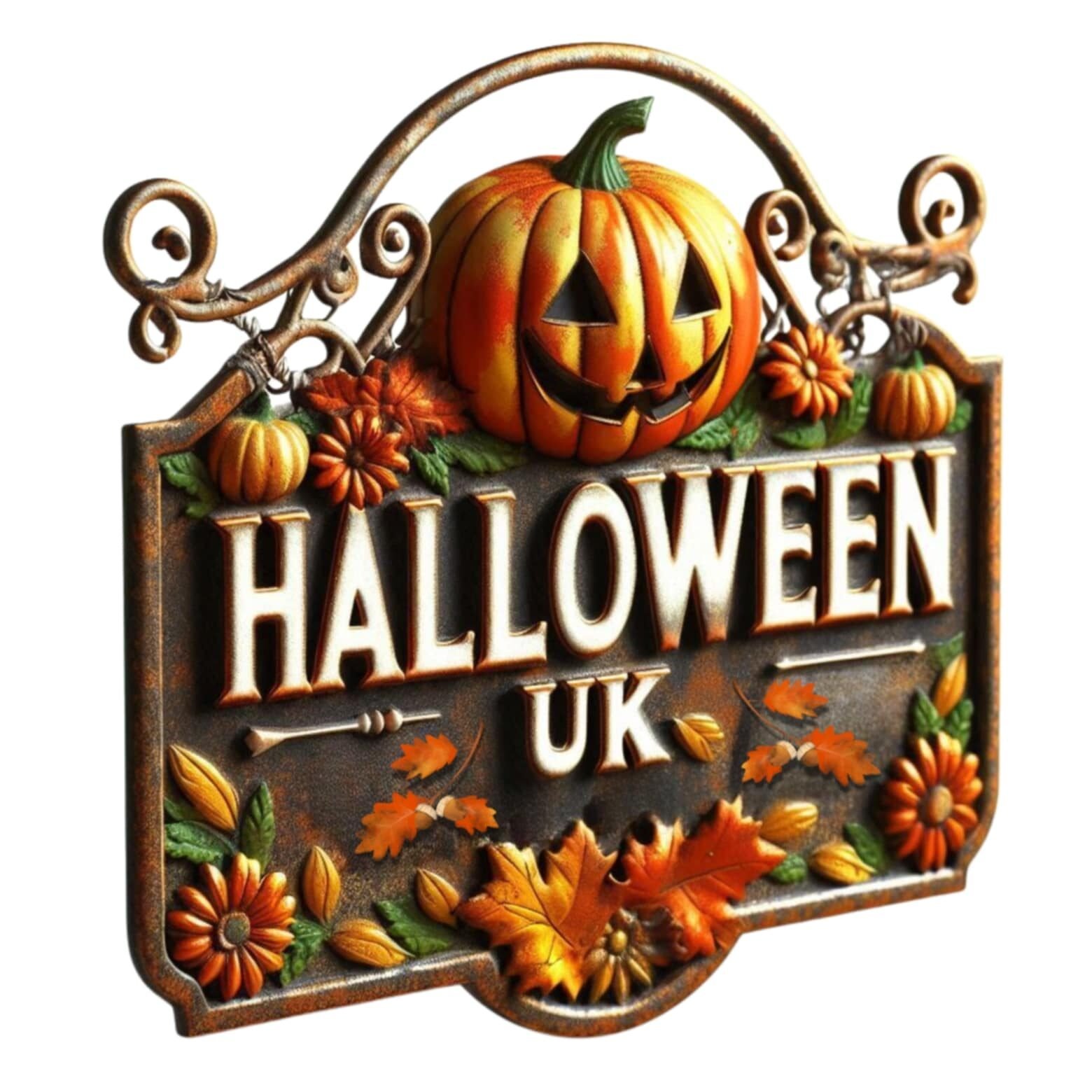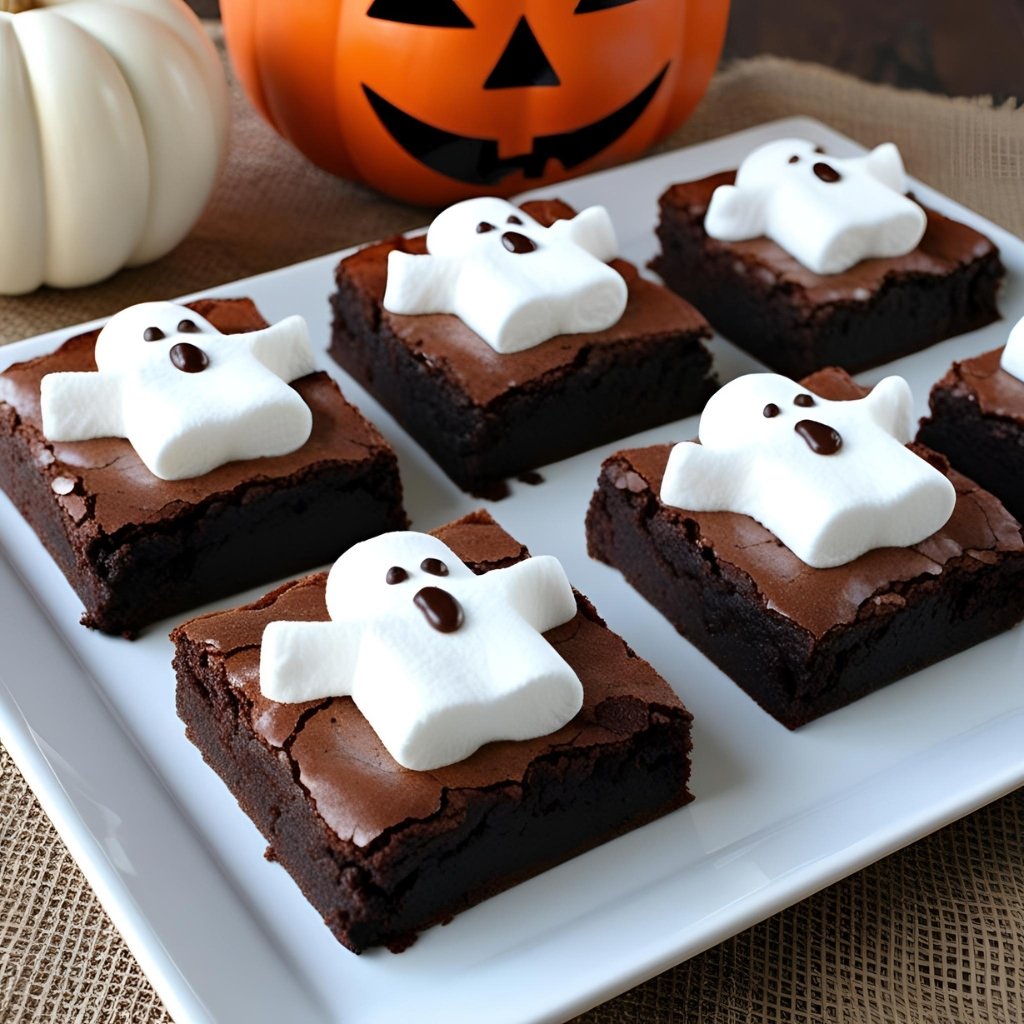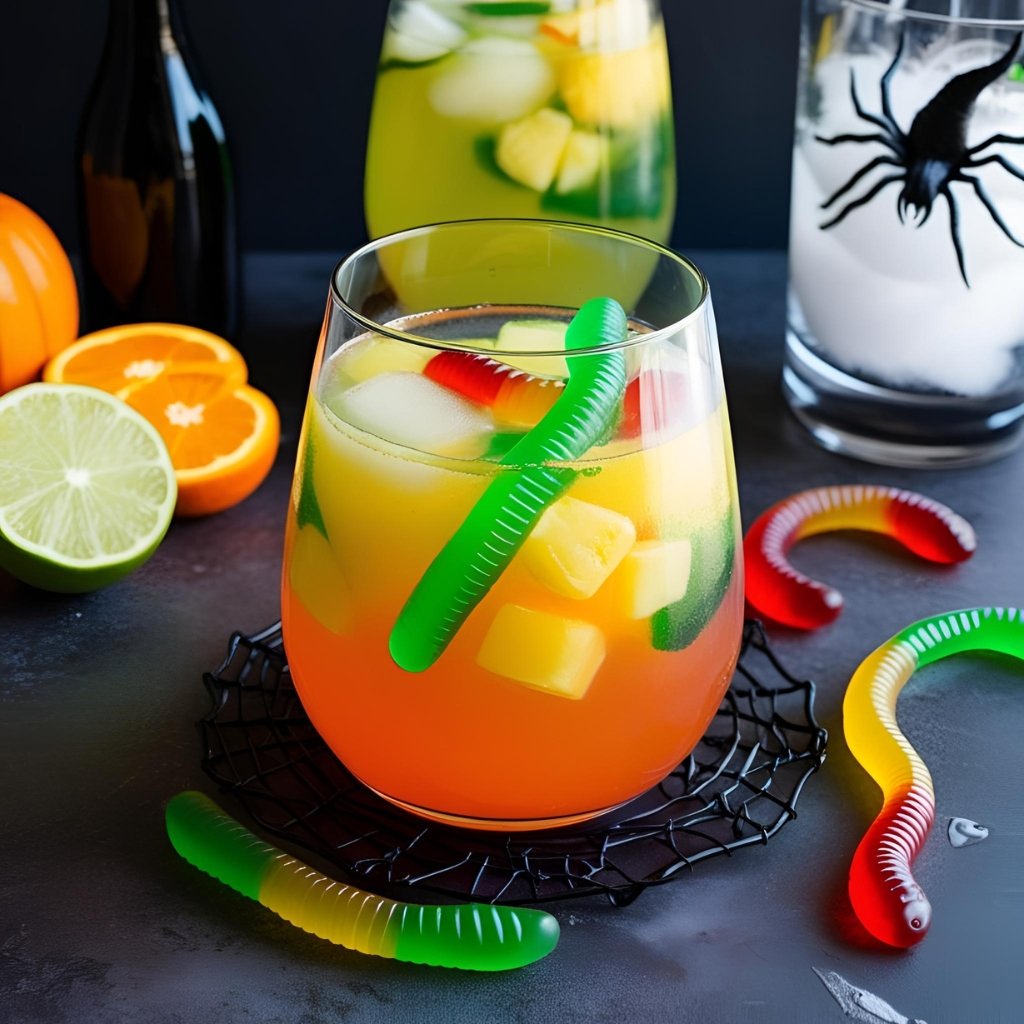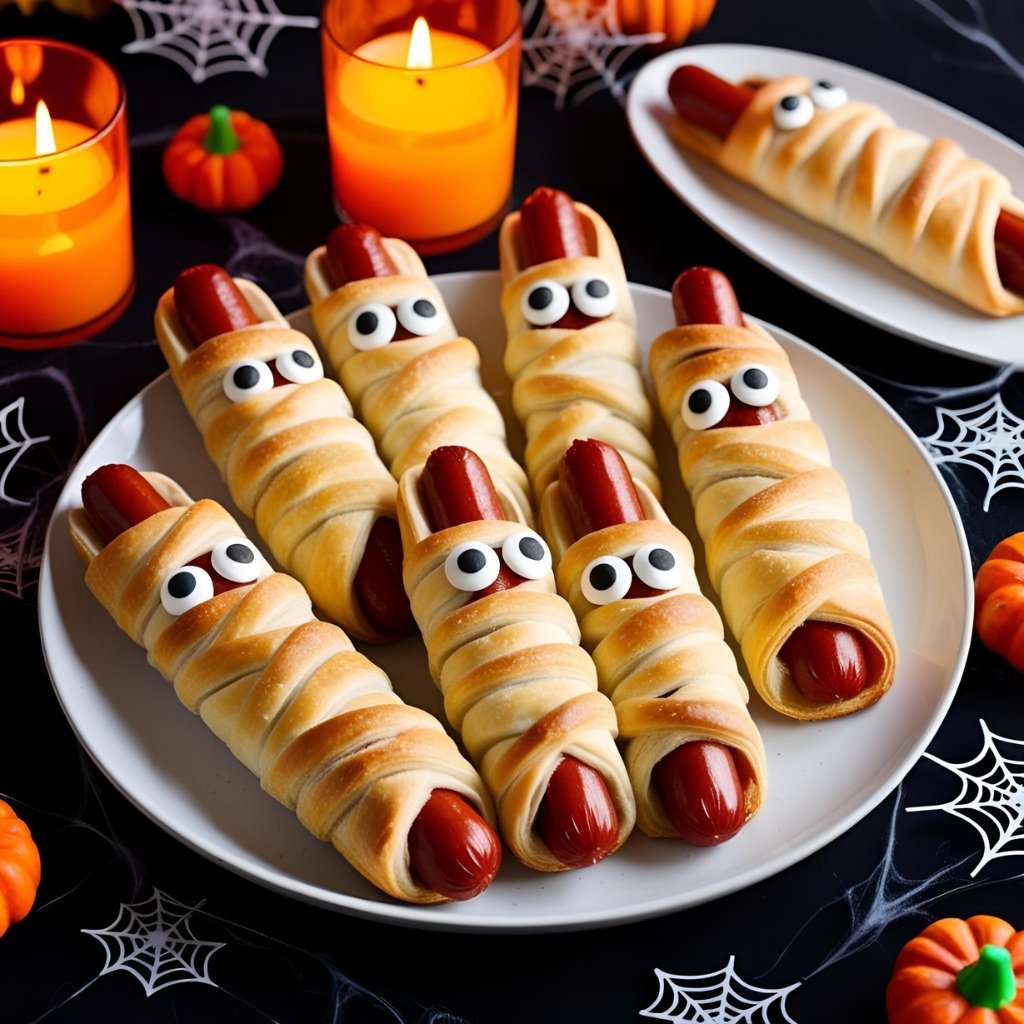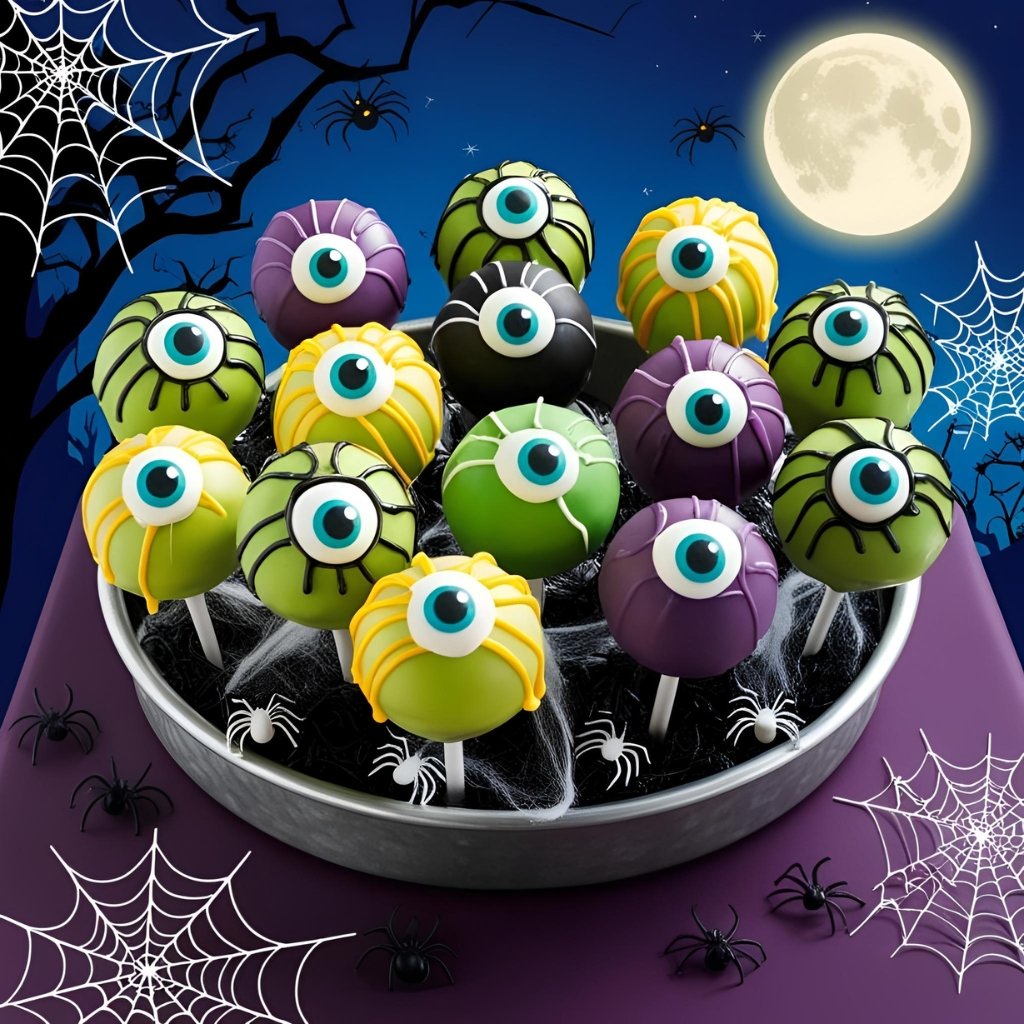History of Halloween Parties – Fireside Gatherings: The Ancient Way to Party

Long before Halloween became a night of costumes and candy, ancient Britons marked the end of the harvest season with Samhain, a sacred festival that honored the changing of the year. Dating back over 2,000 years, Samhain was a pivotal moment — the boundary between the living world and the spirit world was believed to grow perilously thin.
To celebrate and protect themselves, ancient Celtic communities would gather together in large, open fields or sacred sites, often near burial mounds or standing stones. Central to these gatherings were the bonfires — enormous, roaring blazes that served both spiritual and practical purposes.
The fires symbolized:
- Cleansing and renewal: Flames burned away the old year’s misfortunes.
- Protection: The light and heat were believed to ward off malevolent spirits.
- Connection to the gods: Offerings of crops, livestock, and sometimes symbolic sacrifices were thrown into the fire to honor deities like Lugh and Morrigan.
Feasting was another critical part of these celebrations. After months of hard labor harvesting grain, fruits, and vegetables, villagers would come together to share in the season’s bounty. Tables overflowed with roasted meats, root vegetables, and breads made from the final sheaves of wheat.
At these fireside gatherings, other traditions flourished:
- Storytelling: Elders and bards recounted epic myths, heroic tales, and ghost stories meant to entertain — and to remind everyone of the unseen world around them.
- Divination rituals: Samhain was seen as the perfect time to glimpse the future. People practiced early forms of fortune-telling, such as apple bobbing (to predict marriage prospects) and casting stones into the fire to divine fate.
- Masquerading: Some early forms of costume-wearing appeared here. Villagers would smear ash on their faces, don animal hides, or dress in simple disguises to confuse or scare away wandering spirits.
It’s important to note that Samhain was not a “party” in the modern sense. It was a solemn yet festive gathering: a time to honour ancestors, prepare for the harsh winter months, and recognize the mysterious forces at play in the universe.
Archaeological finds — such as charred bones and remnants of feasting near ancient hill forts and stone circles — suggest that these communal events could last several nights, involving rituals, ceremonies, and shared meals that helped knit communities together at the year’s most pivotal moment.
There were no costumes or candy yet — just food, fire, and spooky camaraderie under the stars.
Medieval Feasts and Soul Nights: From Pagan Fires to Christian Tables
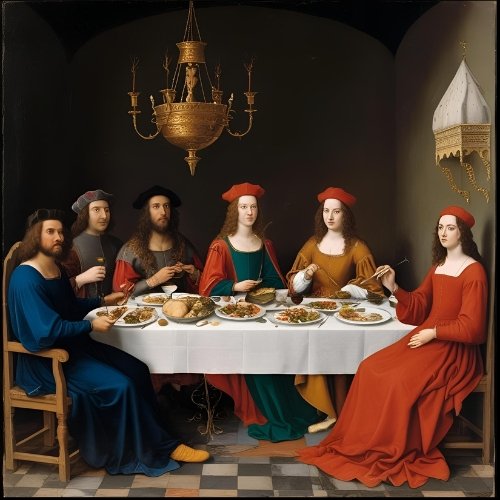
As Christianity spread across Britain from the 4th century onward, many ancient traditions were not erased, but transformed.
One of the most striking examples was the evolution of Samhain into All Hallows’ Eve — the night before All Saints’ Day on November 1st.
Rather than trying to suppress the powerful old festivals, the Church cleverly overlaid Christian meaning onto them. Thus, the fireside gatherings of Samhain slowly shifted into medieval feasts and Soul Nights — deeply spiritual and communal events that kept the heart of the season alive.
The Grand Medieval Feast
During the early medieval period (around 600–1300 AD), All Hallows’ Eve was marked by lavish banquets across villages, manors, and monasteries.
Tables groaned under the weight of:
- Roasted meats like pork, goose, and lamb.
- Root vegetables — carrots, onions, and turnips — seasoned with herbs.
- Dense rye and barley breads baked in communal ovens.
- Seasonal fruits like apples and pears, preserved or stewed.
- Special soul cakes, small round pastries flavored with spices like nutmeg and cinnamon.
(Fun fact: Soul cakes were an early version of “treats” — given to children and the poor who went “souling” door-to-door, praying for the souls of the deceased.)
These feasts were about more than food. They represented:
- Remembrance of the dead: Families set extra places at the table for departed loved ones.
- Charity: The wealthy were expected to feed the poor as an act of piety and kindness.
- Celebration of the saints: Songs and prayers honoured Christian martyrs and the “blessed dead.”
(Source: Historic UK – History of Soul Cakes)
The Rise of Soul Nights
Alongside the great feasts, the medieval Church introduced the custom of Soul Nights (or Souling Nights).
On the eves of October 31st, November 1st (All Saints’ Day), and November 2nd (All Souls’ Day), villagers, beggars, and children would walk from house to house singing special “souling songs.” In return, they would receive:
- Soul cakes (round cakes marked with a cross)
- Apples or nuts
- Occasionally coins for the very poor
Each treat was given in exchange for prayers offered up for the souls trapped in Purgatory.
It was believed that these prayers could help loved ones ascend faster to Heaven — a vital service in a deeply religious society where the afterlife was of immense importance.
This charming and slightly spooky ritual may sound familiar…
Yes! It laid the foundations for modern “trick-or-treating.” 🎃
(Source: Smithsonian Magazine – History of Trick-or-Treating)
Masquerading and Mumming
During these Soul Nights, some groups — especially “mummers” and “guisers” — would also dress in costume.
They might appear as:
- Angels
- Demons
- Saints
- Death personified (the Grim Reaper was a popular choice!)
This was more than fun: wearing a mask or disguise confused wandering spirits and protected the living from spiritual mischief.
Early medieval chronicles even mention groups performing short religious plays — depicting battles between good and evil — right on the village green or at wealthy households.
A Darker Side to the Celebrations
Though feasting and charity dominated, not everything about these medieval nights was light-hearted.
- Bells were tolled throughout the night to ward off restless spirits.
- Graveyards were visited by candlelight to offer prayers — and to sometimes leave offerings of food or drink for the dead.
- Superstitions thrived: villagers believed that spirits of the unbaptized or wicked might return to wreak havoc unless properly honoured or pacified.
Thus, the tension between joy and fear, life and death, continued — just as it had during Samhain.
Medieval Feasts: Echoes in Modern Halloween
Halloween today is a colorful festival of costumes, pumpkins, and candy — but hidden within its vibrant modern celebrations are ancient echoes of medieval feasts and Soul Nights.
From the way we gather, feast, dress up, and honour the dead, the customs of medieval Britain and Europe still weave through our Halloween traditions like ghostly threads.
Let’s take a journey back through time and uncover how medieval celebrations shaped the Halloween we know and love today! 🎃🕯️
Medieval Soul Nights: A Feast for the Living and the Dead
In medieval Europe, the nights of October 31st (All Hallows’ Eve), November 1st (All Saints’ Day), and November 2nd (All Souls’ Day) were a three-day festival to honour the dead.
At the heart of these sacred nights were feasts — elaborate meals held in homes, monasteries, and village halls. These weren’t just parties; they were rituals of remembrance and charity.
Families would:
- Cook special breads and cakes (especially soul cakes) to give to passing “soulers” who prayed for their deceased loved ones.
- Set empty places at the table to symbolically invite the spirits of the dead to dine alongside them.
- Gather to share food with the poor, believing acts of charity could help the souls of the departed reach Heaven.
Food was sacred. Eating together represented community, memory, and the invisible bond between the living and the dead.
Traces of Medieval Feasts in Today’s Halloween
Even though the medieval Church layered Christian meaning onto these ancient autumnal rituals, many older, pre-Christian customs survived — and evolved over centuries into the traditions we recognize today.
Here’s how:
1. Trick-or-Treating: From Souling to Sweets
In medieval times, the poor (and later children) would go door-to-door singing “soul songs” and offering prayers in exchange for soul cakes, nuts, fruit, or small coins.
This practice, called souling, was the direct ancestor of modern trick-or-treating.
Today’s children in costumes asking for candy mirror this ancient act of visiting homes to “collect” treats — though the prayers for souls have largely been replaced by a gleeful “trick or treat!”
(Source: History.com – Origins of Trick-or-Treating)
2. Costumes and Masquerading
In medieval Britain, it was common during Soul Nights to wear costumes or “guises” (hence the term “guising” still used in Scotland today).
These disguises were thought to:
- Fool or ward off evil spirits wandering the Earth during Halloween.
- Represent souls of the dead or holy figures.
- Add mystery and spectacle to community festivities.
Modern Halloween costumes — from ghouls to superheroes — have their roots in this medieval belief that clothing could protect you from or connect you with the spirit world.
3. Feasting and Candy Spreads
Medieval Halloween feasts were all about seasonal food — much like today’s Halloween parties feature candy corn, caramel apples, and pumpkin-spiced everything.
Common medieval autumnal foods included:
- Roasted meats and pies.
- Fruit preserves and candied nuts.
- Bread and soul cakes seasoned with cinnamon and nutmeg — spices considered exotic and precious.
Today’s Halloween gatherings, with their bowls of sweets and trays of themed snacks, still echo that age-old tradition of sharing a bounty at the turning of the year.
4. Jack-o’-Lanterns: Lights Against the Dark
During medieval Soul Nights, people often carried lanterns made from hollowed-out turnips or beets to light their way through the darkened streets.
- These lights symbolized protection from evil spirits.
- They were also used to guide friendly souls back home.
When Irish immigrants brought the tradition to America, the native pumpkin — bigger and easier to carve — replaced the humble turnip, giving rise to the modern Jack-o’-Lantern.
(Source: Library of Congress – History of the Jack-o’-Lantern)
5. Ghost Stories and Haunted Gatherings
During medieval feasts, especially on Soul Nights, storytelling was an essential part of the evening.
- Villagers would gather by the fire to share tales of spirits, monsters, and the “Wild Hunt” — a ghostly procession said to ride the skies.
- It was believed that telling these stories helped protect the living by acknowledging and respecting the spirit world.
Today, Halloween parties still feature ghost stories, horror movies, and haunted house experiences — all part of our ongoing dance with the mysterious and unseen.
The Enduring Power of Community and Remembrance
At its heart, medieval Halloween wasn’t about fear — it was about connection.
- Connection to those who had passed.
- Connection to one another through shared meals and traditions.
- Connection to the cycle of the seasons as the year turned toward winter.
Even today, when we light pumpkins on our porches, gather friends for costume parties, or hand out sweets to little visitors, we are participating in rituals of remembrance and community that have been alive for over a thousand years.
Every bowl of candy, every flickering candle, every friendly ghost decoration is a whisper of those medieval firesides and soul nights long ago. 🔥👻
Medieval Halloween Lives On!
While the world has changed enormously since the days of medieval feasts and soul nights, the spirit of Halloween remains remarkably the same:
- A celebration of community.
- A remembrance of the dead.
- A joyful embracing of the spooky, the mysterious, and the unknown.
🎃 So the next time you toss on a costume, carve a pumpkin, or nibble on a Halloween treat, remember — you’re taking part in a tradition older than castles, knights, and fairy tales!
Happy Haunting!
(More about Soul Cakes and Halloween Treats!)
